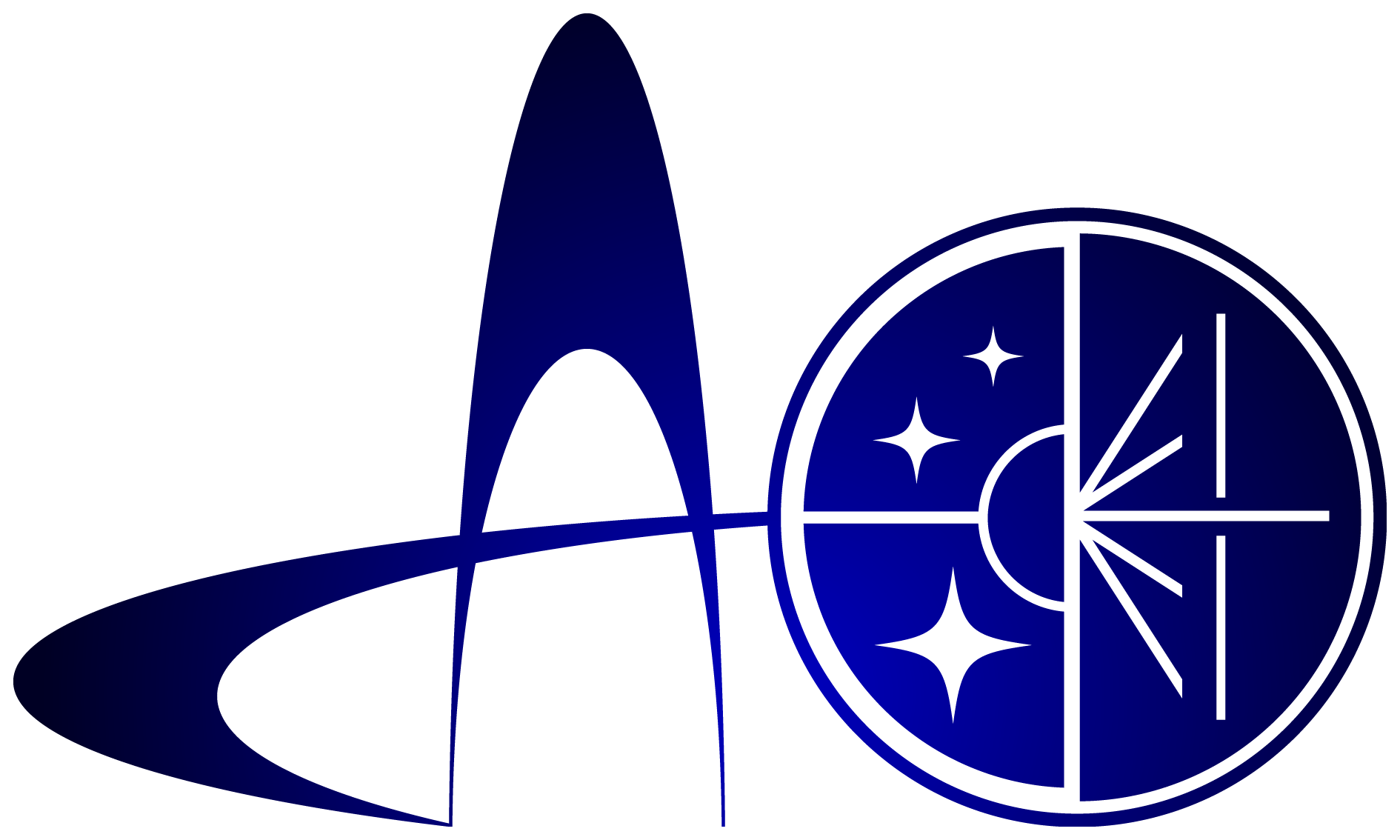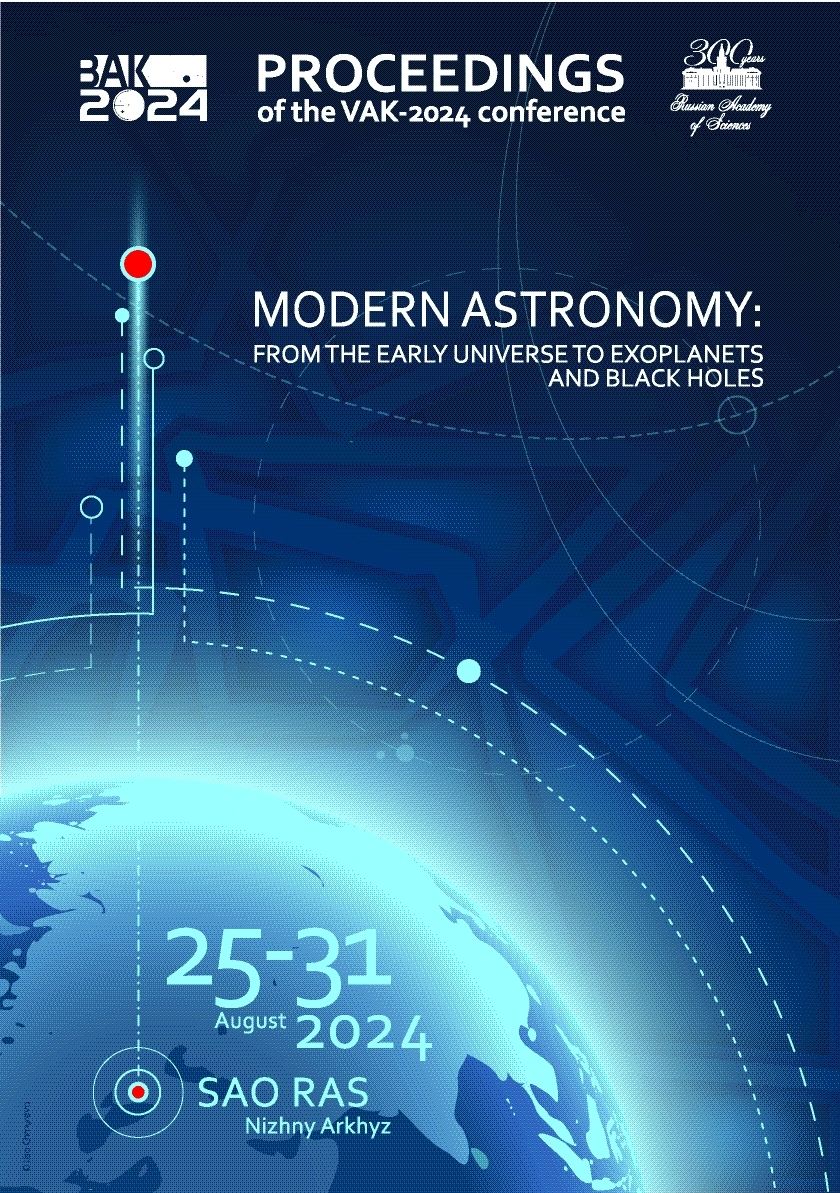Institute of Astronomy (INASAN) RAS
Russian Federation
UDC 52-4
UDC 52-424
UDC 53
UDC 520
UDC 521
UDC 523
UDC 524
UDC 52-1
UDC 52-6
CSCSTI 41.00
CSCSTI 29.35
CSCSTI 29.31
CSCSTI 29.33
CSCSTI 29.27
CSCSTI 29.05
Russian Classification of Professions by Education 03.06.01
Russian Classification of Professions by Education 03.05.01
Russian Classification of Professions by Education 03.04.03
Russian Library and Bibliographic Classification 2
Russian Library and Bibliographic Classification 223
Russian Trade and Bibliographic Classification 614
Russian Trade and Bibliographic Classification 6135
BISAC SCI004000 Astronomy
BISAC SCI005000 Physics / Astrophysics
Spectral signs of sublimation-driven dust activity of main-belt asteroids with primitive mineralogy (of C, B, F, G, and X types) are considered. The reflectance spectra of active asteroids of primitive types are compared with model ones of a conditionally active C-type asteroid surrounded by a dust exosphere consisting of submicron aggregate particles of different composition. This phenomenon in primitive asteroids may be impact-induced and become subsequently periodic near perihelion if connected with considerable water ice deposits of the asteroids. Significant additional factors influencing the primitive-type active asteroids, although secondary by random nature, are flares and eruptive events on the Sun, and electrostatic field of photoemission nature on the sunlit side of the bodies. We argue that the formation of aggregate dust particles in a dust exosphere of active asteroids may be one of the fundamental processes.
asteroids: general; comets: general; methods: observational, radiative transfer, scattering
1. Alexander C., McKeegan K., Altwegg K., 2018, Meteorites, Asteroids, and Comets. Space Science Reviews, 214, id. 36
2. Busarev V., Barabanov S., Puzin V.B., 2016, Solar System Research, 50, 4, p. 281
3. Busarev V., Petrova E., Irsmambetova T.R., et al., 2021, Icarus, 369, id. 114634
4. Busarev V., Petrova E., Shcherbina M.P., et al., 2023, Solar System Research, 57, 5, p. 449
5. Busarev V., Petrova E., Puzin V.B., et al., 2024, Solar System Research, 58, 3, p. 315
6. Chandler C., Kueny J., Trujillo Ch., et al., 2020, Astrophysical Journal Letters, 892, 2, id. L38
7. Chandler C., Trujillo Ch., Oldroyd W.J., et al., 2024, Astronomical Journal, 167, 4, id. 156
8. Colwell J., Gulbis A., Horányi M., et al., 2005, Icarus, 175, 1, p. 159
9. Criswell D., 1972, Proc. Third Lunar Science Conf., Geochim. Cosmochim. Acta, Suppl. 3, 3, p. 2671
10. Hsieh H., Micheli M., Kelley M.S., et al., 2023, Planetary Science Journal, 4, 3, id. 43
11. Jarosewich C., 1990, Meteoritics, 25, 4, p. 323
12. Jewitt D., 2012, Astronomical Journal, 143, 3, id. 66
13. Lee P., 1996, Icarus, 124, 1, p. 181
14. Matthews L., Shotorban B., Hyde T.W., 2018, Physical Review E, 97, id. 053207
15. Nitter T. and Havnes O., 1992, Earth, Moon, and Planets, 56, 1, p. 7
16. Poppe A., Zimmerman M., Halekas J.S., et al., 2015, Planetary and Space Science, 119, p. 111
17. Rennilson J. and Criswell D., 1974, Moon, 10, 2, p. 121
18. Schorghofer N., 2008, Astrophysical Journal, 682, 1, p. 697






